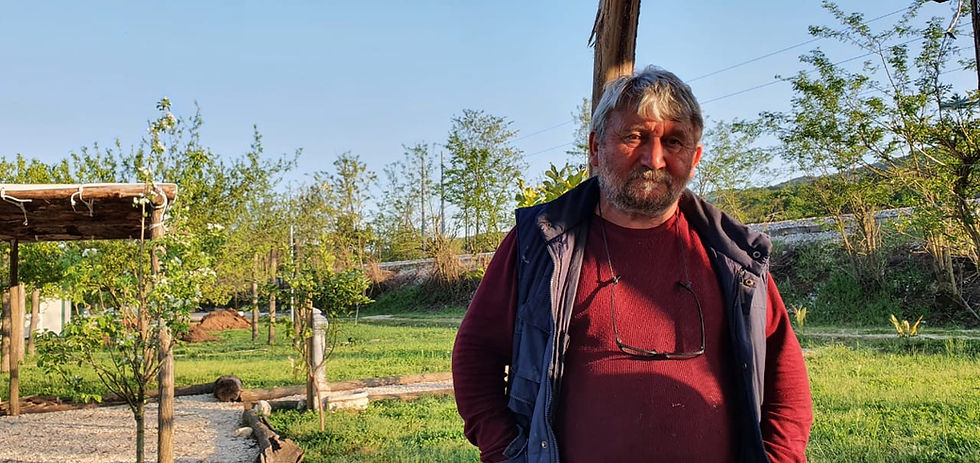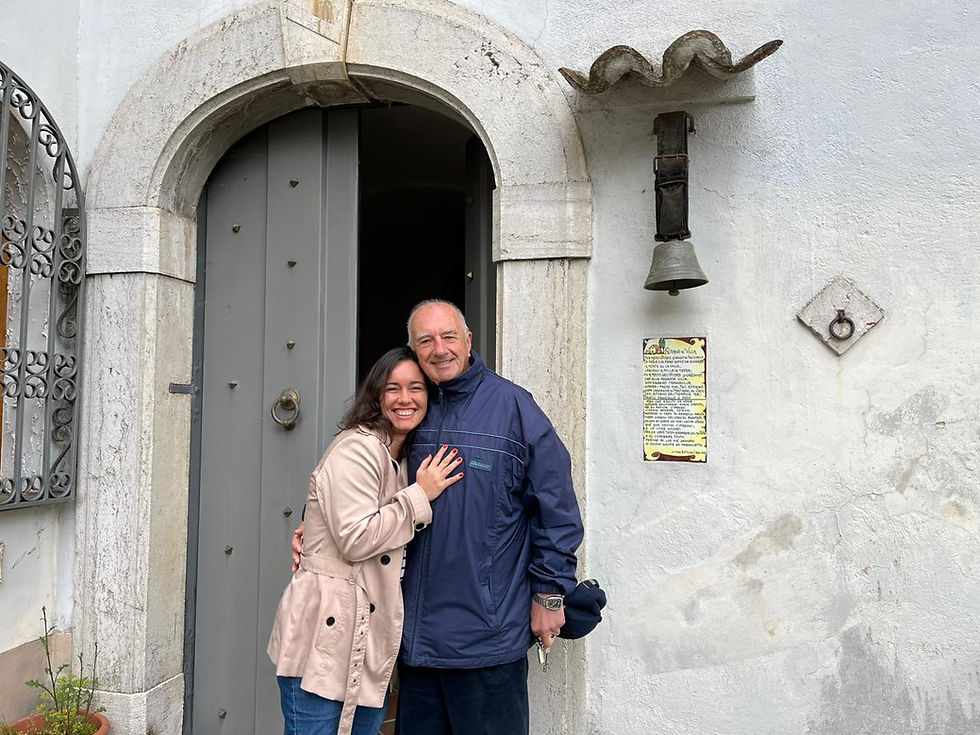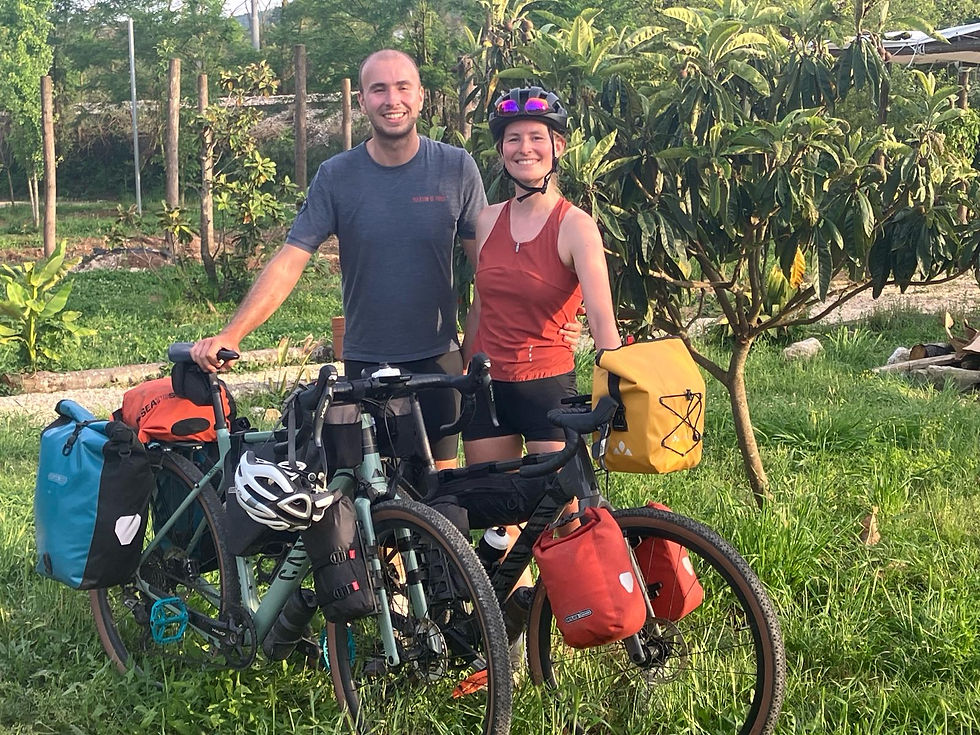Theories Behind Sustainable Tourism
Sustainable Development Theory (Brundtland Report, 1987)
Defines sustainability as “development that meets the needs of the present without compromising the ability of future generations to meet their own needs.” This broader framework underpins all sustainable tourism principles.
Several theories and frameworks support the practice and understanding of sustainable tourism.

Here's an overview

01
Triple Bottom Line (TBL) / Three Pillars of Sustainability
This is one of the most widely accepted frameworks and forms the foundation of sustainable tourism.

02
Carrying Capacity Theory
This theory refers to the maximum number of visitors an area can support without causing environmental degradation or a decline in visitor satisfaction.

03
Butler’s Tourism Area Life Cycle (TALC) Model
Proposed by Richard Butler (1980), this model shows how tourism destinations evolve over time

04
Stakeholder Theory
This theory emphasizes the importance of involving all parties affected by tourism local communities, businesses, government, tourists in decision-making processes.

05
Ecotourism Principles (a subset of sustainable tourism)
It’s both a theoretical approach and a practical strategy aligned with sustainable tourism goals.

06
Limits of Acceptable Change (LAC)
Rather than focusing on numbers, it emphasizes quality management and adaptive strategies.